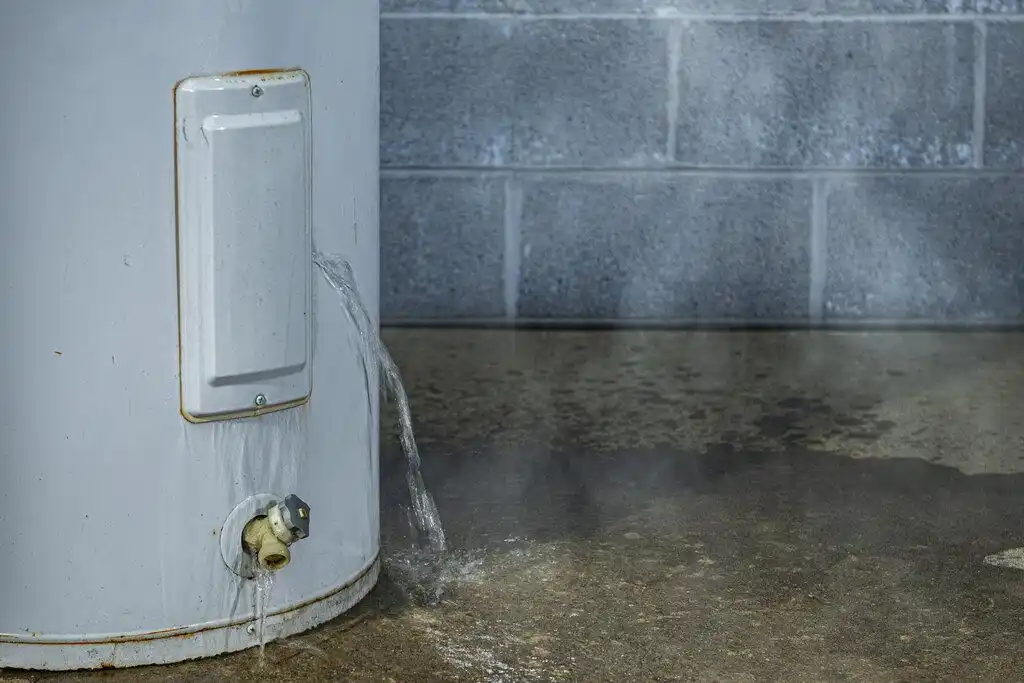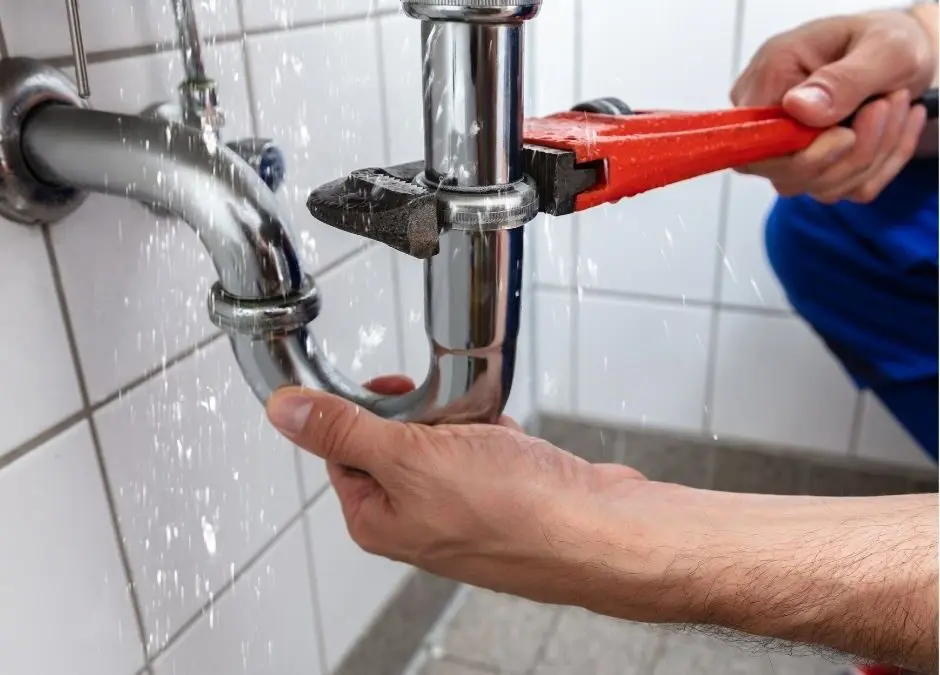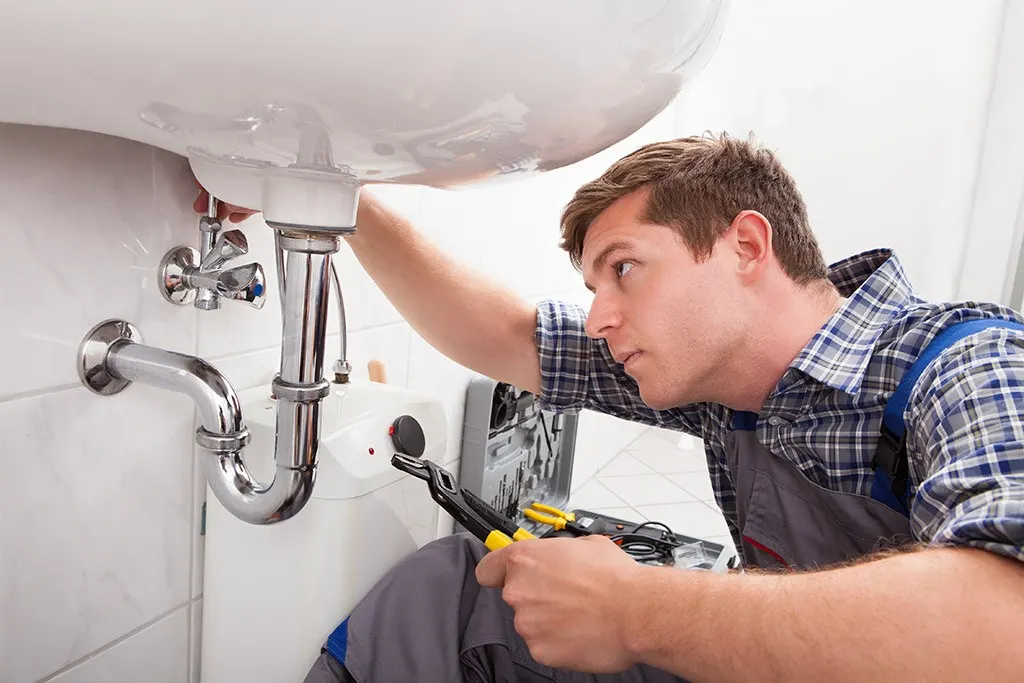Water Heater Maintenance Tips That Prevent Costly Repairs
Nothing ruins a morning faster than an icy blast from the showerhead. Yet most of us forget about the hardworking appliance in the garage or closet until it fails. A few simple water-heater maintenance habits, none of which require special tools or a plumbing license, can keep hot water flowing, trim energy bills, and spare you from midnight leaks. Spend an hour once a year, and your water heater could serve faithfully for a decade or more.
Why Caring for Your Water Heater Pays Off
Regular water heater maintenance tackles three major enemies: mineral buildup, corrosion, and unsafe pressure. Controlling these threats boosts efficiency, lowering utility bills, reduces the chance of leaks that ruin flooring, and keeps warranties valid. In most cases, an hour of preventive work each year costs less than a single service call.
Meet the Parts That Need Attention
A conventional tank-style water heater isn’t complicated, yet three spots deserve a quick look each year. First is the tank interior. As hard water circulates through the system, it deposits small amounts of calcium and magnesium, which accumulate at the bottom, forming a rough layer.
The anode rod follows as the next component, which serves as a protective magnesium or aluminum shaft that corrodes to prevent steel tank deterioration. Once that sacrificial rod disappears, rust heads straight for the walls.
The third part is the temperature-and-pressure relief valve, a spring-loaded safety switch that pops open when heat or pressure rises too high. Keep sediment, corrosion, and pressure in check, and the whole system runs smoother for years.
1. Annual Flush: Sediment Control in 20 Minutes
The accumulation of hard-water minerals forms a layer at the tank bottom that makes burners and heating elements work harder. Flushing the tank once a year solves the problem:
- Turn off power at the breaker or set the gas control to “pilot.”
- Hook a garden hose to the drain valve and route it outside or to a floor drain.
- Open a nearby hot-water tap, then open the drain valve; let water flow until clear.
- Close everything, remove the hose, and restart the heater.
The process removes sediment, stops rumbling noises, and can save up to 10 percent on water-heating costs.
2. Anode Rod: The Rust Bodyguard
Inside every tank sits a long metal rod made of aluminum, magnesium, or zinc. It sacrifices itself so the steel tank stays intact. Check it during the annual flush: unscrew the top hex nut, lift the rod, and inspect. If only a wire core remains, or the rod is less than half its original diameter, replace it. A twenty-dollar part swap today may double the unit’s lifespan.
3. Pressure-Relief Valve: Small Lever, Big Safety
The T&P valve prevents your heater from turning into a pressurized rocket. Once a year, lift the little lever for two seconds. A strong gush of hot water tells you the valve works. If nothing happens, or if the valve keeps dripping afterward, install a new one immediately. It is a low-cost fix that can stop catastrophic tank failure.
4. Dialing In Temperature and Pressure
Factories ship heaters at 140°F, but 120°F is plenty hot for dishes and showers, slows mineral buildup, and lowers scald risk. After adjusting the dial, confirm the outlet temperature with a kitchen thermometer.
Next, check the household water pressure with an inexpensive gauge; anything above 80 psi can strain faucets, hoses, and the T&P valve. A pressure-reducing valve or small thermal-expansion tank smooths out spikes and adds another layer of protection.
5. Insulation, Ventilation, Efficiency
Wrapping an older, uninsulated tank in a fiberglass or foil blanket improves standby efficiency. Foam sleeves on the first few feet of hot and cold pipes do the same. For gas units, keep at least two feet of clear space so fresh air reaches the burner; electric and heat-pump models need clear airflow around sensors and filters. These simple tweaks maintain consistent temperatures and cut wasted energy.
6. Early Warning Signs You Shouldn’t Ignore
Stay alert for subtle hints of trouble: rusty-tinted water from hot taps, popping or knocking during heat-up, a damp ring around the base, or frequent swings in water temperature. Each signal points to sediment, corrosion, or thermostat issues. Acting early often limits the fix to a part replacement instead of a full tank swap.
7. DIY vs. Call the Pros
Homeowners can handle most of the water heater maintenance steps above with a wrench, a hose, and a little caution. But call a licensed plumber if you notice scorch marks, smell gas, can’t shut off the T&P valve after testing, or see water leaking from the tank shell itself. Units older than ten years that show repeated problems usually cost more to nurse along than to replace with modern, high-efficiency models, many of which qualify for rebates.
Ready for Reliable Hot Water?
Choose All Star Plumbing Service for perfect shower temperatures and manageable costs. Call our experts today to schedule your yearly water-heater maintenance to flush the tank, replace the anode, test the safety valve, and adjust settings for uninterrupted hot water throughout the year. Book now and say goodbye to surprise cold showers.
Frequently Asked Questions (FAQs)
Q: How often should I drain my water heater?
A: Plan a full flush once every twelve months to rinse out mineral sediment; households with very hard water or heavy hot-water use should repeat the process twice a year for peak efficiency.
Q: Do tankless units need upkeep?
A: Yes. Internal scale narrows water passages and trips error codes, so schedule annual descaling, inlet-screen cleaning, and combustion checks to preserve efficiency, steady temperatures, and your manufacturer’s warranty.
Q: Is 120°F always safe for everyone?
A: For most families, it balances comfort, savings, and scald protection. If someone is immune-compromised, needs hotter water, raise the setting to 130°F and install thermostatic mixing valves to maintain safety at taps.
Q: What does a new anode rod cost?
A: Expect to pay between twenty-five and sixty dollars, depending on size and metal type. Replacing it every few years is a small cost that can prevent a multi-thousand-dollar tank failure.
Q: When is replacement smarter than repair?
A: Choose a new unit if leaks seep from the tank shell, rust flakes appear in hot-water lines, repair quotes exceed half the price of a replacement, or the heater is more than twelve years old.







